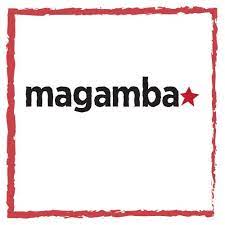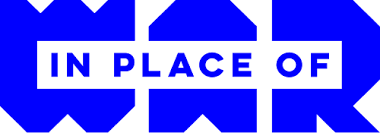More Exciting Books in the Modzi Library! - thanks to our former resident artist Klaus HartmanN7/7/2022 During my time as an artist in residence, I came to know and appreciate the work of Modzi Arts. Modzi Arts brought together and networked Zambian artists with me. I was very surprised by the quality of Zambian art, friendships developed during my stay and connections to partner institutes were established.
We now work together on different levels and adding to their library is particularly important to me. With the support of the Liebelt Foundation we were able to acquire a basic stock of books. The book selection reflects the variety of Modzi Community interests. Modzi Arts does not see itself exclusively as a place for contemporary art. It defines itself as a space for art and culture. The books were selected with this in mind. Topics are African literature and theatre, Zamrock music and art history, independence movement but also books about spirit possession, rituals and cultural history. It is a place for multicultural international exchange. Observing the other, the stranger and the unknown, learning from other cultures is a core component and meaning of international artist residencies. The books give an insight into the art of different cultures and contexts, e.g. Zamrock, Asian art, art of the Caribbean, European art history, the history of modern art, contemporary art in a global context, comic and arts theory. I like the idea of bringing the two Modzi libraries, tool library and book library, together in a common space. Sharing tools, equipment and knowledge is the basis of the Modzi community and is vital to building a Home for the Arts in Zambia. By: Klaus Hartmann Thank you to everyone that supported Klaus Hartmann, Liebelt Foundation, Alex Hoehne, Liberatha Alibalio, Rebecca Corey and Nafasi Art Space.
1 Comment
"Zambian Gallery A Rainmaker For The Nation's Talent" was a recent article by CHAZE MATAKALA about Modzi's participation in the Fnb Joburg art fair in 2021, which showcased the works of Zambian artists Aaron Samuel Mulenga and Mapopa Hussein Manda.
It's evident to see why the Zambian urban arts writer, cultural worker and production consultant; Chaze Matakala wrote this piece capturing the Zambian art scene through the eyes of spiritually intune Zambian artist Aaron Samuel Mulenga, and established politically satirical Zambian artist Mapopa Hussein Manda. Chaze shares a similar goal as the aforementioned artists to document and seamlessly weave cultural stories long forgotten and buried. An example of this is Recounter, a solo debut exhibition exploring the external architecture of Lozi culture. The exhibition is materialized through a visual poem of self love and a collection of photographs taken from the western province of Zambia and the Western Cape of South Africa. Her website, Decolonial Daydreams ushers to the forefront a beautifully laid out ongoing archive of cultural resistance, as well as puts a spotlight on the work of fellow creatives.You can read more about the writer @New Frame, a not-for-profit, social justice media publication based in Johannesburg, South Africa.
An insight into Liberatha Alibalio's Residency at Modzi Arts May - June 2021 1. Process and experience so far at Modzi
My experience here at Modzi, so far it has been amazing, I have been adapting progressively and now I feel connected to the space. The atmosphere and materials resonate with my work and ideas. It has been a blessing to connect with the artists within Lusaka aswell as out of Lusaka. The locals remind me that we are all one no matter where we are geographically located. 2. Space at Modzi Arts and how it inspires me. Being at Modzi has showed me how much space in mind and time I need to be in a creative environment. As it's my first individual residency I had no idea on how it would work and being in a place far from home just for the purpose of creating and connecting has been amazing and is a celebration of my creativity in its early stage. Coming into this residency, I had no specific structural plan on how everything should be and the flexibility in that is what is exciting for me, I wanted to embody my creativity into the ancestral movements, migrations and the result that came out of that which is us, me today. The space has collaborated to my creativity well as I have been experimenting and dyeing the cotton fabrics I came with from Tanzania with the plants, mud and rusted metals that I found a pile of here at Modzi. The beauty of being able to utilise the available things around and getting more exciting results to work on the next piece, has been my fuel. It has most of all taught me the practice of low effort but high mindfulness and consciousness in a space. 3. Interests so far as a residency. I search for my ancestral footprints, I came with the idea that as BANTU we share a lot in terms of culture, history, humanism and our ways of being and existing. I have been amazed by what we have in common, from language, food, thought, consciousness and different aspects of our social being. This has helped in some perspectives that I was using to understand my own roots, am no longer looking at my identity or culture or tribe or clan as an island but as a hybrid. My work becomes a result of mixes of my thoughts and interaction between materials and people here in Zambia and in Tanzania. Being able to connect with the art scene in Zambia and Modzi artists has been magical, I never imagined how much my thoughts would be inspired, I have been lucky to meet and experience the artists practice for example Daut Makala, the multimedia artist mostly working on metal sculpture installations, prints and painting, we have had a lot of conversation on art and he often grasped ideas that came when he saw my work. Those who have also added valuable thoughts to my way of thinking, include the Modzi artists Mapopa Manda, Tamara, Alvin, Lawrence, and all that I have interacted with, they have been so kind and with great mind so we could pull out random conversations that were elevating and connecting us. Above all my work is not far from myself, I use my work as a tool to better and understand myself as social being, I embody my work with my life and am learning to embody my life with my work. Hence the life and how I have been connecting and socializing here is existing in my work, the inspiration came from defining my ancestors here and living a social life here like being able to learn a few Nyanja language phrases and being able to conversate with a woman and kids who sells vegetables on our street outside the Modzi compound has been a joy for me. I think and see their faces when they answer "Bwino, Muli Bwanji?" back to me before I ask "Nizingati maonions..." back to me, this has been my joy especially in our now fast growing cities where greetings tend to be expensive than iPhones. Also the amazing moments shared with Julia, and in the Modzi house in general has been a refresher like a delicious dinner after a long day of working in the studio and co-cheffing with Julia and her family and Klaus Hartman, the guest artist whose food empowered my dreams and his paintings in the studio on my way to my studio always inspiring and makes me think of the beauty of seeing as we travel. Modzi has been a blessing, as a human who is navigating through life, the space has hosted and my mind and soul well, I have been so mindful, at peace and reflective here. I hope there is more I can do for the space, connect more and work together in a near future. Zikomo! Liberatha Alibalio
According to your profile you call yourself a multidisciplinary artist, can you share what that means in modern day Kampala?
Well… A multidisciplinary artist is simply an artist who works in different media and also in different fields or areas within the visual arts. So in this case, a multidisciplinary artist in Kampala – there are several of them; There’s artists like Xenson and people like Stacey. Stacey works in photography, she has done painting before, not any more. She’s done a couple of things, installation as well. Xenson has done almost everything from fashion to photography to painting to installations to poetry, he’s very much multidisciplinary. Personally, I work in painting, collage painting. I work in sculpture, installation, photography, I want to do performance in future. Ya, that’s it. What is your approach to preparing for your work and why did you choose this form of art? My approach is quite simple, I work mostly in my head, I do a lot of thinking about a particular artwork, whenever I have an idea I think about it more opposed to sketching. I do a little sketching and writing but I think about it over a period of time, months. When it goes past a couple of months, it goes past a year or something then the idea will be lost and I’ll move into something else. When I think of a particular idea for a couple of months before I execute it, I then write a little, look on the internet. And then when I get down to executing the idea, it’s only like maybe two days or three days or a week, a work of art is born. And for the form of art I do, I’d like to say that I didn’t choose to do whatever I do, it chose me. But also, I’ve developed over a gradual period of time to select what’s best for me. I’m very much inquisitive, I’ve tried to move around, the place in the Ugandan context; galleries, to get to know several artists, get to know those outside of my circles, the east African art scene… Get to know the international African scene… And think about how I can fit in. So it takes some time for an artist to really figure out what you want to choose. It’s a combination of so many other things. Why did you want to take part in the Modzi Residency program? And how do you see African residency programs being beneficial to artists especially in such times? So I first met the director of Modzi Arts, Julia Taonga when she was back in Kampala. That was about two years ago and then I took her around with a team from Modzi Arts: Edward Kiss and Gita Herrmann. I took them around the Kampala Arts Scene, they went to the galleries, they went to some artist studios, and I connected with her and the people at Modzi Arts. And I thought why don’t I come down to Zambia, see what’s happening there. And ya, I’ve been in touch with her asking if there are any opportunities. So when I got this chance to come down here, I was like ya, I should come down. Cos like you know, also my work is about the African experience, African culture and Africanism and all that sort of things, so I thought it best to interact or to engage with another African country. I saw it as a golden opportunity to be in another African country so I’m here. For African residencies and artists, I really encourage African artists not to be quick to jump out and to go outside of the continent. I mean there’s a lot to learn here. I mean for African residencies for a fact they make us be in control of whatever we are doing – to control our stories, to control our image. I mean especially you get to know more about yourself before you jump out and see other things, see the world. From your personal experience how did you prepare for your trip to Lusaka from Kampala and how has this helped your artistic practice? I had a bit of time to prepare. There was like maybe a month or so. So I had to get my finances in check. I applied for some grants, made some connections and I got some funding… some little funding here and there. I tried to sell some works which finally worked out in the end. Then I got on a bus and I was like, I have to get on a bus and use the road to go through this journey. To get a feel of the whole experience, the African experience cos I’ve never been to some places like Dar es Salaam where I passed by. I was meant to take a train from Dar es Salaam to Lusaka but I missed out on that, cos they had advised me that it would be a good experience. So preparation was like that… so some of the journey got a little rough. But everything was quite ok. African art is currently facing some real challenges in terms of all public activities being cancelled or postponed how is this affecting your process of creating work for your residency? Well, fortunately I think this situation has affected, I could say affected my practice here at the residency positively or maybe negatively as well because I had planned to do something else here. I planned to do something related to my work that I usually do about Pan Africanism and the African culture and the history. I was going to dig deeper into and research more about the traditions here before the white man came. But when I got here because of the whole situation about the Corona virus, I was triggered, I drifted off to another kind of thinking. And I saw that I need to do something about the experience that I am going through, the travelling during these trivial times and ya, I thought I should respond to whatever is happening right now, right at this moment because it is very important. It’s more urgent I thought. But ya, maybe a little later, cos I’m locked up here for some months. I could delve into the other intentions I had to do here at the residency. We are sure at this point of Coronavirus you must desire to be at home but in the light of being locked in Zambia during this period how has the experience been? Well, I should say the experience has been not bad. I mean firstly, because back at home everybody is just locked down, locked up. They imposed a serious lock down, nobody can do anything, almost nobody can move around in the streets. But here in Lusaka everything seems to be… the “lock down” is a little soft. So I can move around, I can go buy some materials, some supplies if I need to. So I ‘m glad I came here, I have my own place, I have a very nice host who has given me a place to stay and everything. So I’m very glad that I’m using my time profitably here. I am trying to do build a body of work and engaging with the art scene. I mean I can kind of do things here I wouldn’t have done if I was back home cos I would be locked up maybe at my parents home and maybe I couldn’t do anything so I’m really happy that I’m here right now. And making the best of these difficult times at least. Can you share what your thoughts are for the future of artistic practices within the African context? I’m pretty sure things are going to be better for the African arts or the African arts scene in the near future cos right now you see there some sort of awakening on the African continent. Young people right now engaging with the arts or the visual arts scene… putting out more intelligent work, more researched work, more heavy concepts. I mean better stuff than we used to see back then. And also African artists getting an eye from the outside continents, which is usually problematic but it can be a good thing cos African art is now getting bought outside, even in the continent people are getting and noticing whatever is happening, what African artists are doing. So in a matter of years, 5 or 10 years African art will be something. Going to see more museums I guess, more biennales, more art fairs, more culturally awakened people, which is going to be good. So the future is bright for the African art scene. How have you engaged with the Zambian art scene? Researched into the Zambian art scene… I have seen a couple of sculptures around Modzi, I’ve seen a few books. I went to some places today, VAC- Visual Arts Council of Zambia/Henry Tayali Gallery I saw some works. I haven’t been to many art studios cos it’s quite hard to get to some places right now, to see some people even right now. I’ve seen some work, and it’s quite impressive, mostly the sculpture. Sculpture is quite a hard a field, it’s quite bulky but I see so many sculptures here which is really a good thing. Here it means they are more patient and dedicated to a much harder field of art. Umm… who could be my favourite artist in Zambia so far? I think I find Aaron Samual Mulenga work interesting. It’s good stuff. And let me see… Clarence Albert Zulu who did some of the Modzi sculptures he’s really good as well… no he’s not really Zambian, he’s Zimbabwean haha! So who else? There’s…. I have to think about that! What’s next for you? Well, I’m building a body of work that’s going to be like a response to the situation right now. Of course, I don’t want it to be the usual wash your hands, wear a mask kind of thing that you see around the place. So it’s going to be much more about… more something poking in your face. Like you know my work is usually like that, where it’s a little provocative for some people. It’s going to be like that, it’s going to question whatever is happening. I mean as an artist to implore a certain kind of urge or feeling towards whoever is in control of the situation. Towards our governments, towards the people who are ahead of us. What are they providing to deal with the situation? What are they doing about it? What do they need to do? Are they doing enough? And who’s at the back of everything else? Why do we need to wear masks? I mean some questions seem simple and a little stupid. But we need to ask questions always. Where did this thing come from? Why is it now? Is it that now is when people are tip toeing around, they are not standing properly on their feet, just jumping up and down really scared. So those are hard questions to ask… so ya, I’m the one who sacrificed himself to trigger the questions I guess. The Grow to Share exchange programme aims to provide a context for arts organisations within the SADC region to share skills and knowledge and explore opportunities to develop networks and collaborations.
WAZA WE EXCHANGE Lubumbashi 24th June to 28th June 2019 During this trip two of our staff members, Julia and Banji visited Centre d'art Waza which is an art centre located in the heart of Lubumbashi's centre ville. The aim of their visit was to spend a week within the Waza Space learning and exchanging. During the course of the week the two organisations exchanged knowledge on the development of artistic educational programmes, organizational frameworks and annual project programming. Capacity building for cultural operators within the African region is a sure way to create ripples of positive development within the arts and culture spheres. But it wasn't all work and no play. The staff visited various sites within the bustling city, such as the Gécamine Mine, home to a towering man-made mountain of burnt earth (read: mining waste), The Lubumbashi National Gallery, which boasted a thought-evoking collection of ethnographic material, the copper lined Cathédral. And last but not least the centre of bustling night life and hi-life Kamalondo. The five days spent within the DRC and within the Waza space invoked many spark of inspiration. The Modzi-Waza partnership is a blossoming plant yet to bear fruit for the many mouths of creative to eat. |

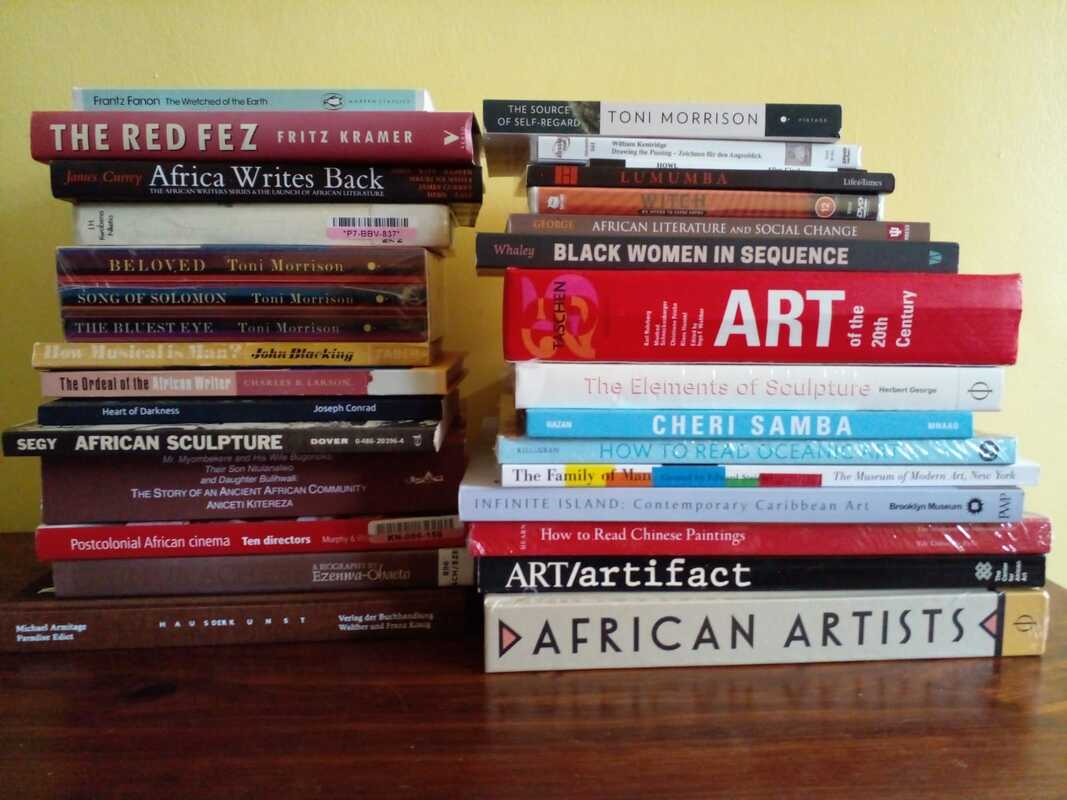



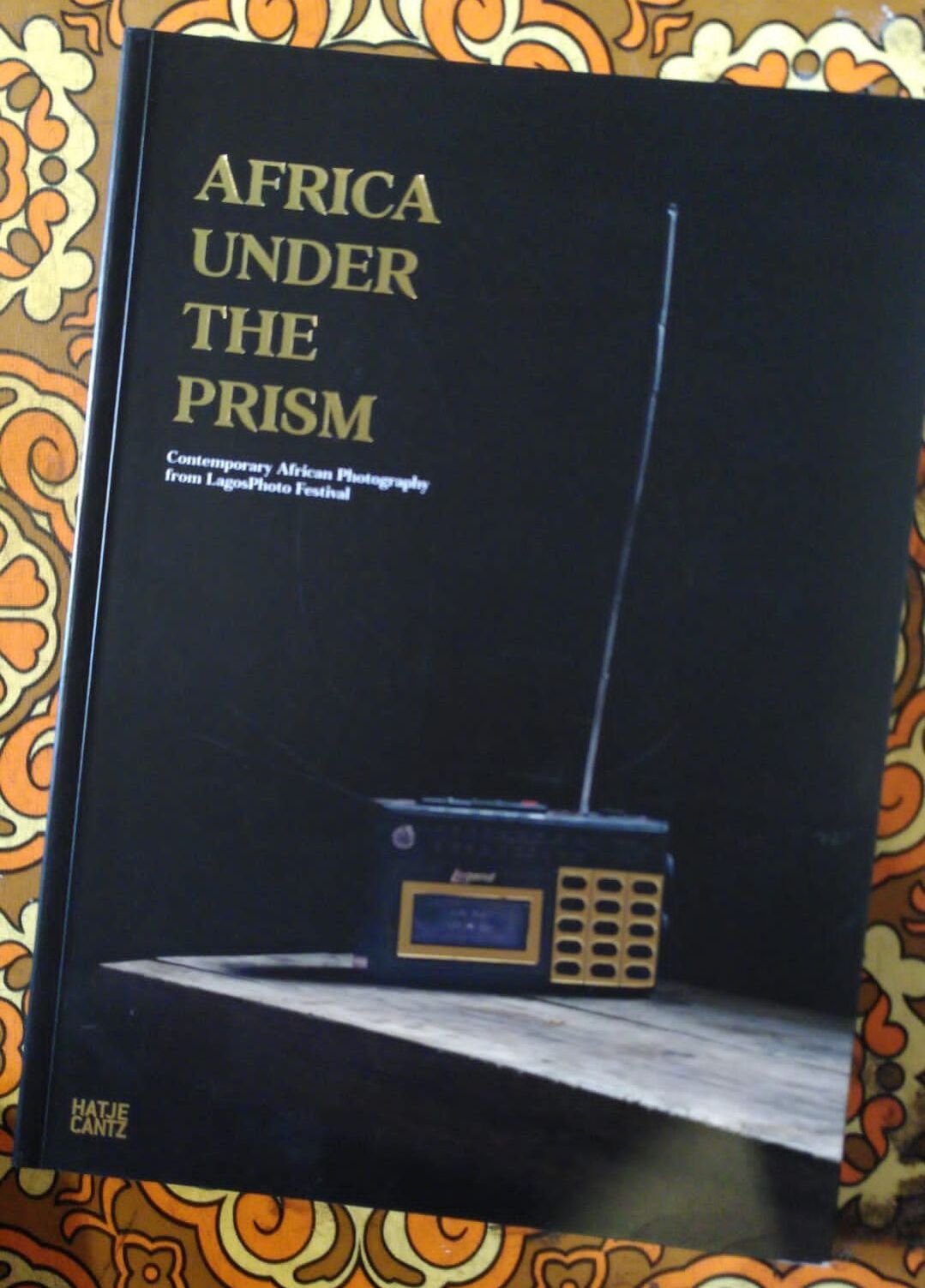
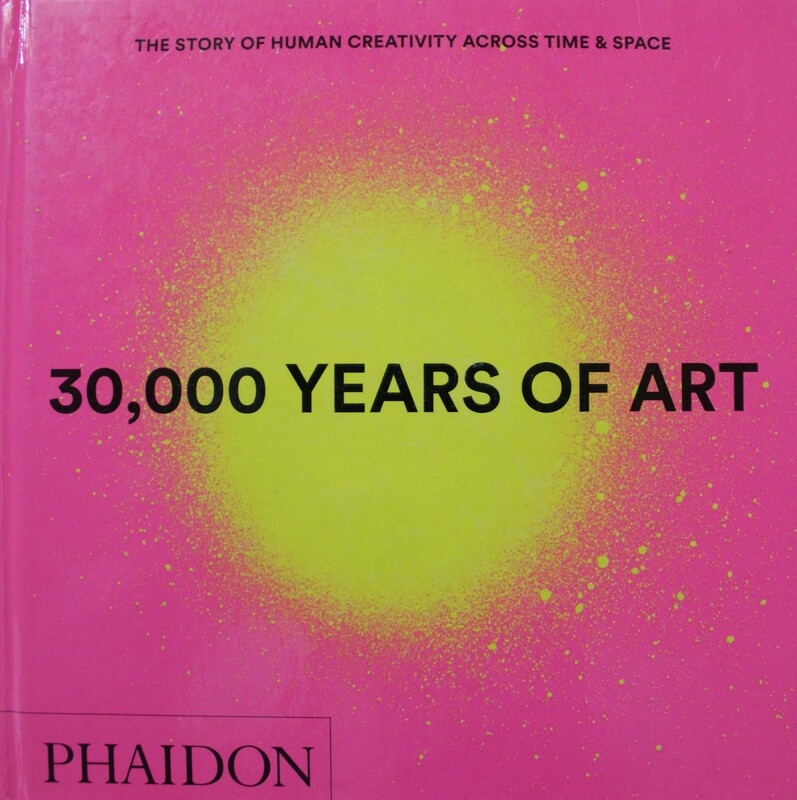




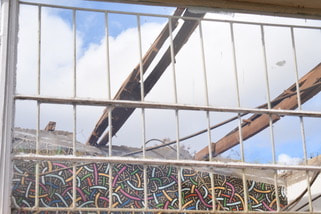
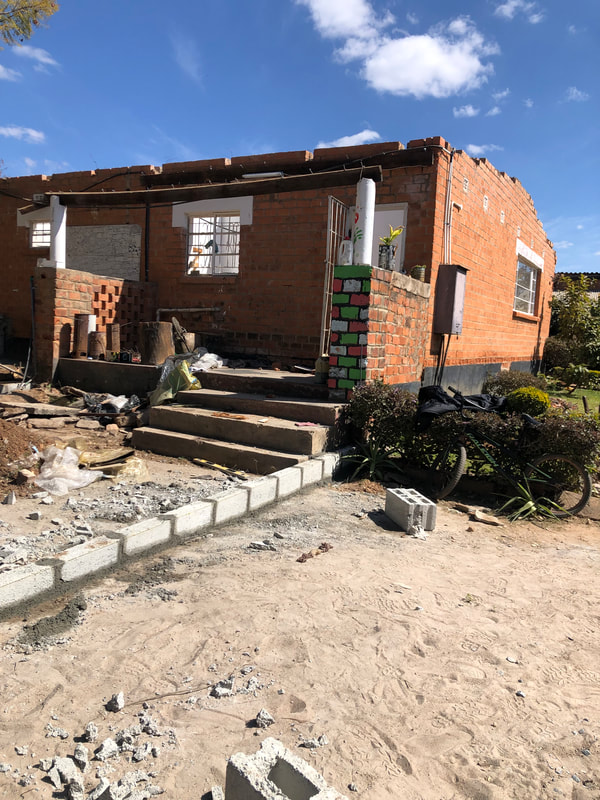

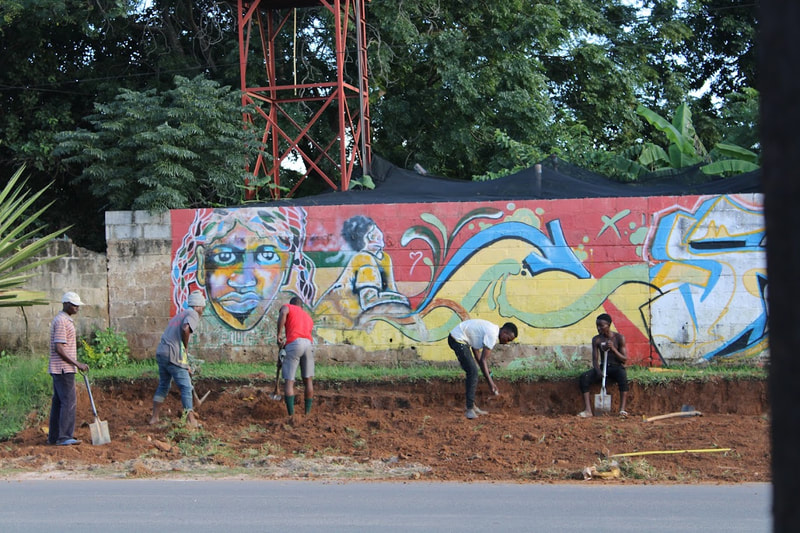

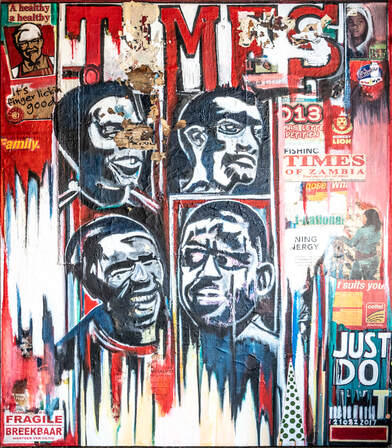

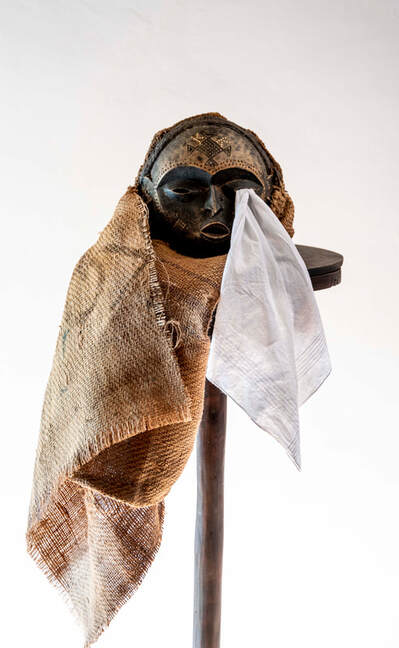



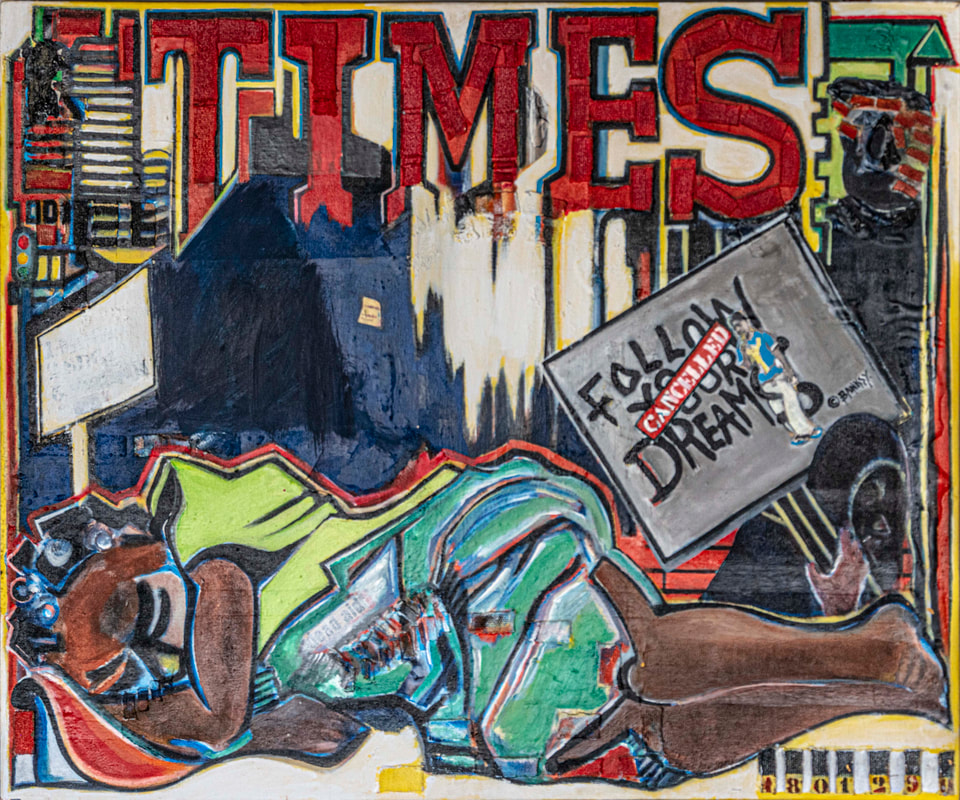












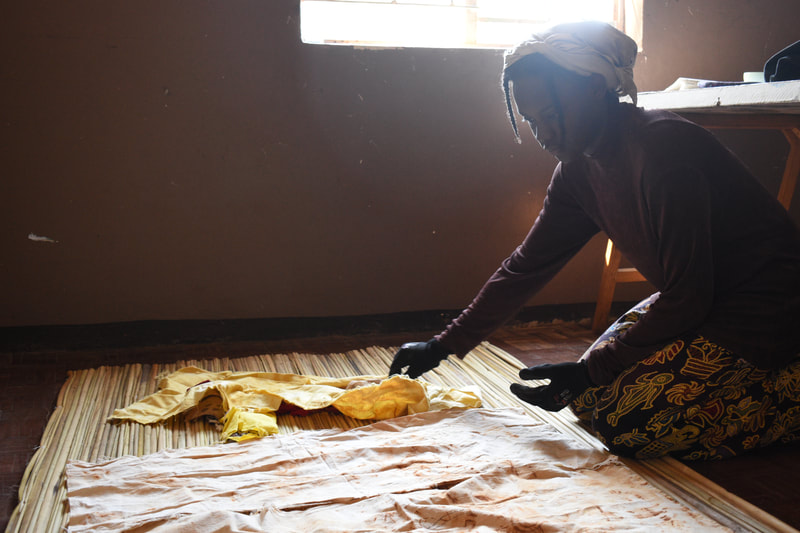

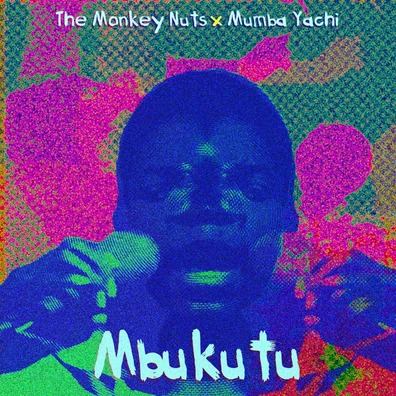



 RSS Feed
RSS Feed















